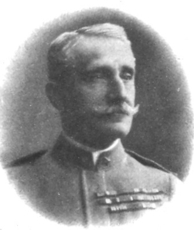
The Sixth Battle of the Isonzo, better known as the Battle of Gorizia, was the most successful Italian offensive along the Soča (Isonzo) River during World War I.
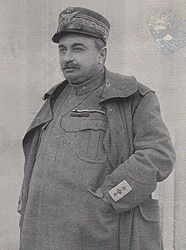
Luigi Capello was an Italian general, distinguished in both the Italo-Turkish War (1911–12) and World War I.

Piero Calamandrei was an Italian author, jurist, soldier, university professor, and politician. He was one of Italy's leading authorities on the law of civil procedure.

The Five Days of Milan was an insurrection and a major event in the Revolutionary Year of 1848 that started the First Italian War of Independence. On 18 March, a rebellion arose in the city of Milan which in five days of street fighting drove Marshal Radetzky and his Austrian soldiers from the city.

Alessandro Barbero is an Italian historian, novelist and essayist.

Giorgio Cigilana (1857-1919) was an Italian general. He had been the governor of Tripolitania for a short time in 1914.
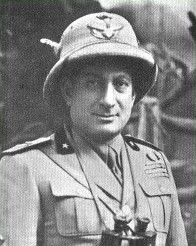
Gustavo Pesenti was an Italian general. He was Italian colonial governor of Somaliland.

Giuseppe Artale was a Sicilian poet, novelist, and duelist, known for his Marinist works. He was also a knight of the Constantinian Order of Saint George.
The Italian Generals of the Great War, C-Z is an essay published by historians Paolo Gaspari, Paolo Pozzato and Ferdinando Scala in 2019, with an introduction by historian Filippo Cappellano and published in collaboration with the History Office of the Italian Army. It is the second volume of an encyclopedic series dedicated to the biographies of over six hundred Italian general officers who fought in the Great War on the Italian front and abroad, and concludes the work begun in 2011 with the publication of The Italian Generals of the Great War, A-B.
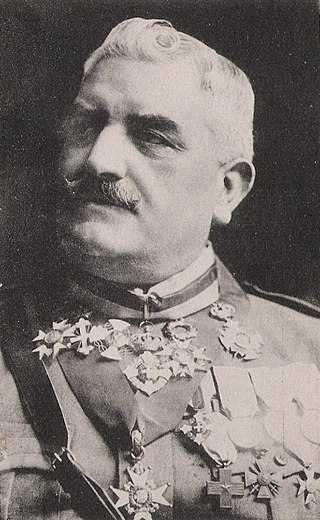
Giuseppe Pennella (1864-1925) was an Italian Lieutenant General who was a highly decorated officer of the Royal Italian Army. During the First World War he held very high positions, commanding in succession: the "Grenadiers of Sardinia" Brigade, 35th Division, XI Army Corps, 2nd Army, 8th Army and the XII Army Corps. At the head of the 35th Division he operated in the Macedonian front, but was exonerated from command at the request of the French general Sarrail who was commander of the Armée d'Orient, as both had a strong disagreement over command.

Domenico Turitto was an Italian major who was part of the Royal Colonial Corps of Eritrea. He participated in the Mahdist War as he commanded the 1st Indigenous Infantry Battalion, occupying the city of Kassala and distinguishing himself at the Battle of Kassala. During the First Italo-Ethiopian War, Turitto commanded the vanguard of the Indigenous brigade under the command of Matteo Albertone before being killed in the battle. He was also a recipient of the Silver and Bronze Medals of Military Valor and a knight of the Order of Saints Maurice and Lazarus.

Luigi Nava (1851-1928) was an Italian General of the Army who participated in the First Italo-Ethiopian War and World War I. He participated in the Italian colonial campaign in the Horn of Africa which lead to his participation at the Battle of Adwa, where he was wounded and taken prisoner by the Abyssinians. Having become Lieutenant General, at the action of the general mobilization of 1915 he was appointed commander of the 4th Army but was dismissed from the command four months after Italy entered the war.
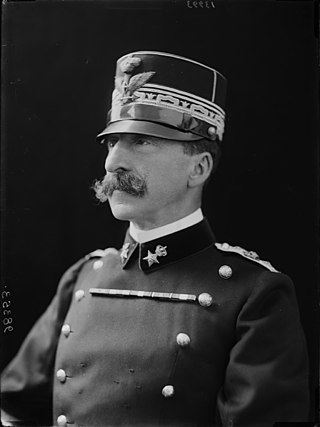
Ugo Pio Enrico Natale Brusati, was an Italian General who participated in the First Italo-Ethiopian War and World War I. He gained notability for his service at the Battle of Adwa as well as being the First Adjudant General of Vittorio Emanuele III on 2 June 1902 until 23 October 1917, when Luigi Cadorna forced him out of the office.
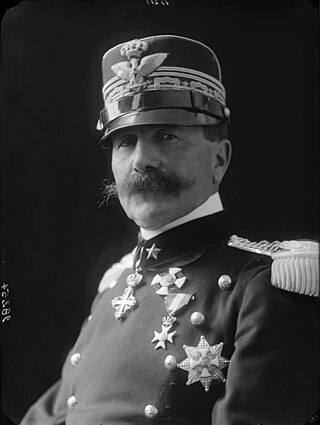
Roberto Brusati OSML OCI, was an Italian General of the Army who was an active participant in World War I. He was known for not having any military experience prior to the war and commanding the 1st Army before being dismissed from commanding the regiment on May 8, 1916, which was 8 days before the Battle of Asiago which was led by Field Marshal Franz Conrad von Hötzendorf.

Francesco De Rosa (1853-1896) was an Italian major of the First Italo-Ethiopian War. He commanded the 1st Artillery Brigade during the Battle of Adwa and was a posthumous recipient of the Gold Medal of Military Valor for his brave service in the battle before being killed in action.
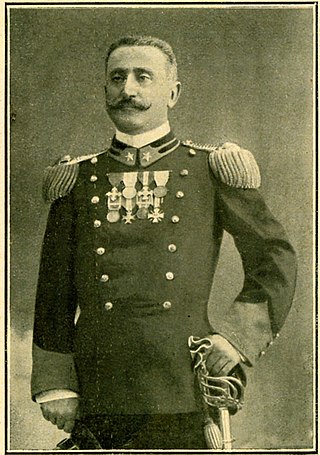
Luigi Agliardi was an Italian Major General during the late 19th and early 20th centuries. He was known for his extensive service, participating in the First Italo-Ethiopian War, the Boxer Rebellion and the Italo-Turkish War before his promotion to major general in 1914. He was also known as a figure during the Red Week as he was taken prisoner by the socialists which caused a controversy within his military career.
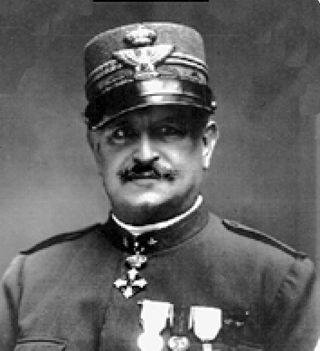
Paolo Morrone was an Italian general, politician and Minister of War in the second Salandra government and in the Boselli government. He was among the leading military figures of the First World War.
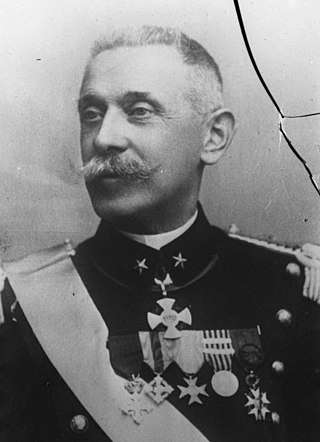
Vittorio Italico Zupelli also known as Vittorio Zupelli, Vittorio Zuppelli and as Elio Vittorio Italico Zupelli was an Italian general and politician. He was the first Istrian to be appointed general of the Royal Italian Army and to hold the position of minister of the Kingdom of Italy. He was Minister of War twice, once when Italy entered the World War I in May 1915, and again at the time of the Armistice of 11 November 1918.

Domenico Grandi was an Italian general and politician. He was Minister of War of the Kingdom of Italy.

Bernardino Milon was an Italian general and politician. He was a deputy from May 1880 and Minister of War in the third Cairoli government (1880).
